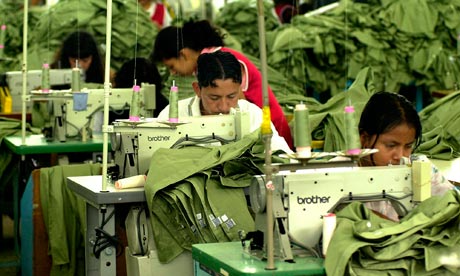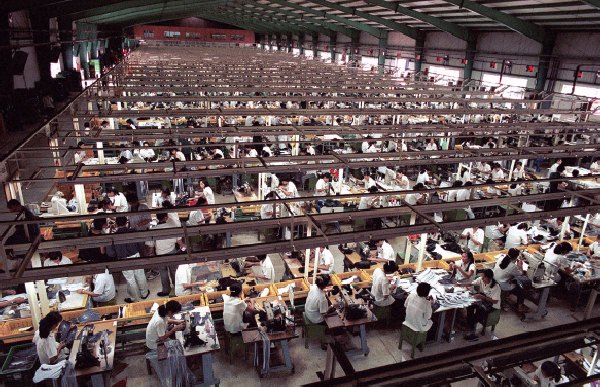 In fashion there are bad things and good things. Not every high-street brad is bad. New look seen on almost every high- street is an example of a the positives in the fashion industry. New look has a Ethical code of conduct which is a an agreement set up the company so members in the organization know right from wrong. The ethical code of conduct is on three levels: codes of business ethics, codes of conduct for employees, and codes of professional practice. New look tries to keep everyone on the supply chain profitable. They have a close relationship with there suppliers and factory workers so no who is working for there business.
In fashion there are bad things and good things. Not every high-street brad is bad. New look seen on almost every high- street is an example of a the positives in the fashion industry. New look has a Ethical code of conduct which is a an agreement set up the company so members in the organization know right from wrong. The ethical code of conduct is on three levels: codes of business ethics, codes of conduct for employees, and codes of professional practice. New look tries to keep everyone on the supply chain profitable. They have a close relationship with there suppliers and factory workers so no who is working for there business. 
New Look should be an example for lots of other companies. They show that you can still create a profitable business but you can help create a good quality life for those that supply your company.
We also have to understand that in Britain hundred a years ago things happening in China, Bangladesh and India were happening there. Manufacturing is just part of developing a country and we should look at it as a positive.











